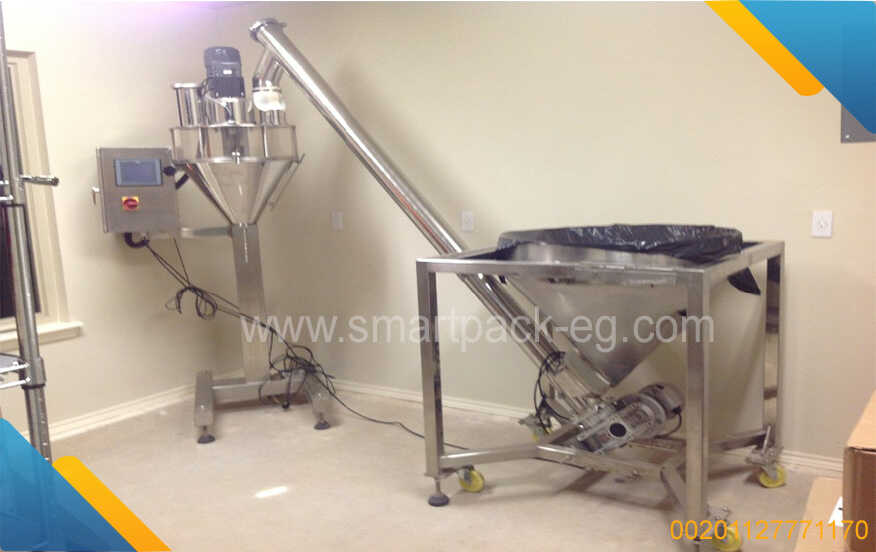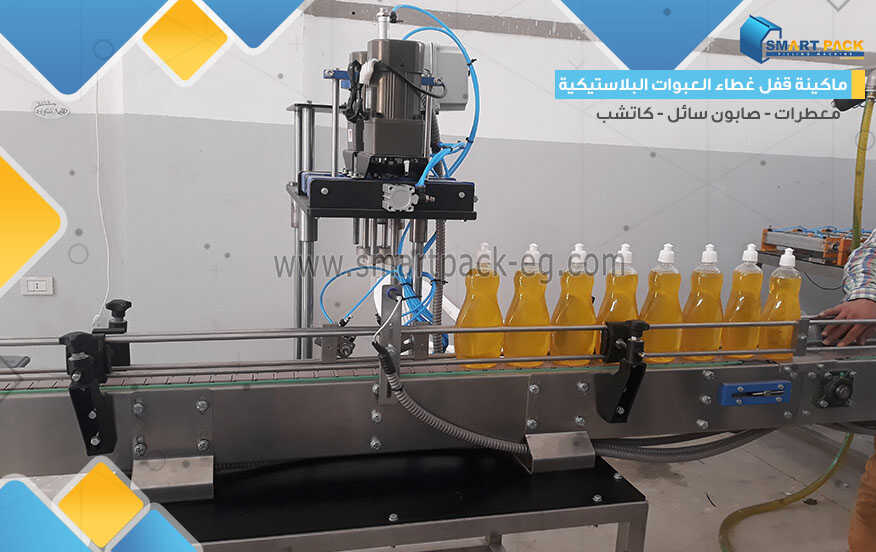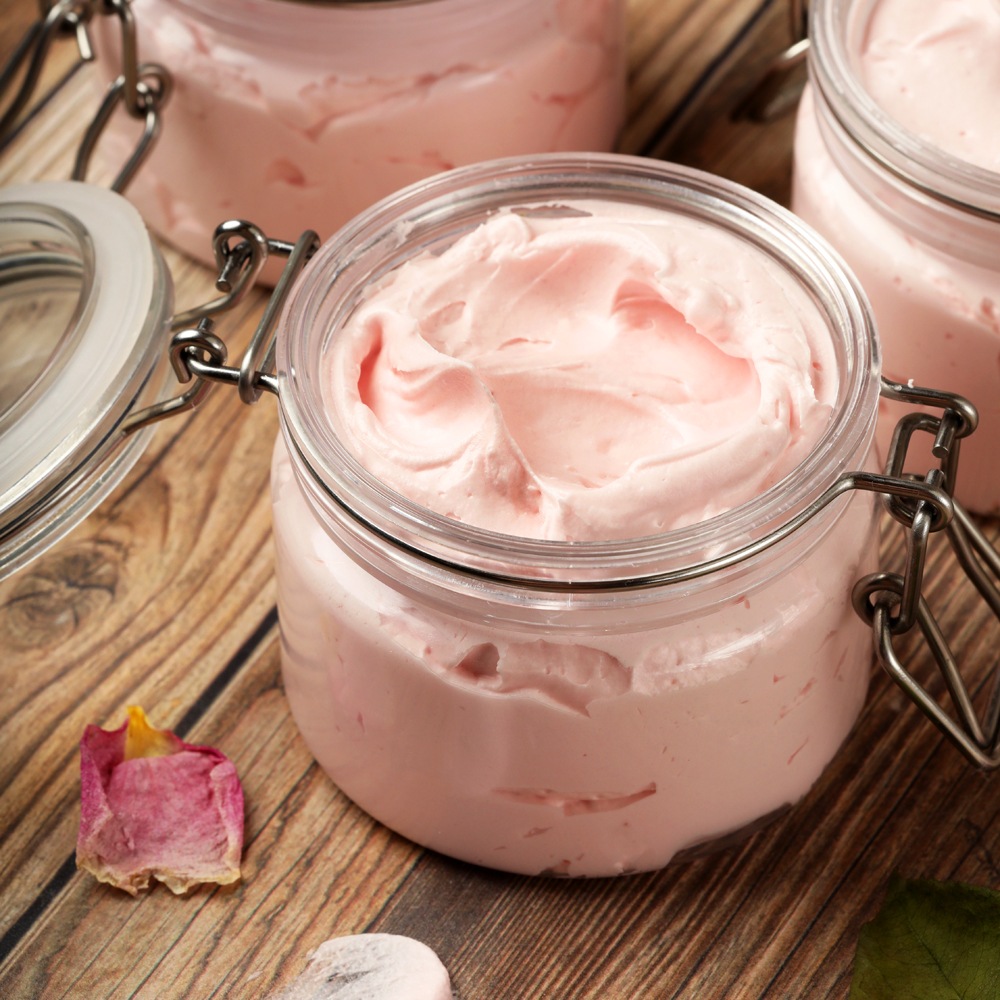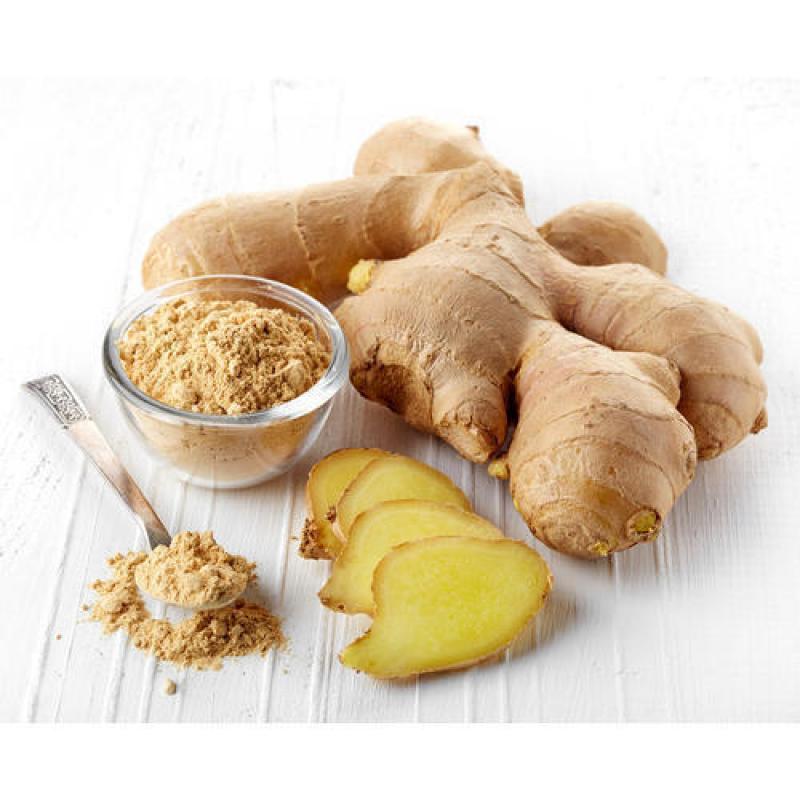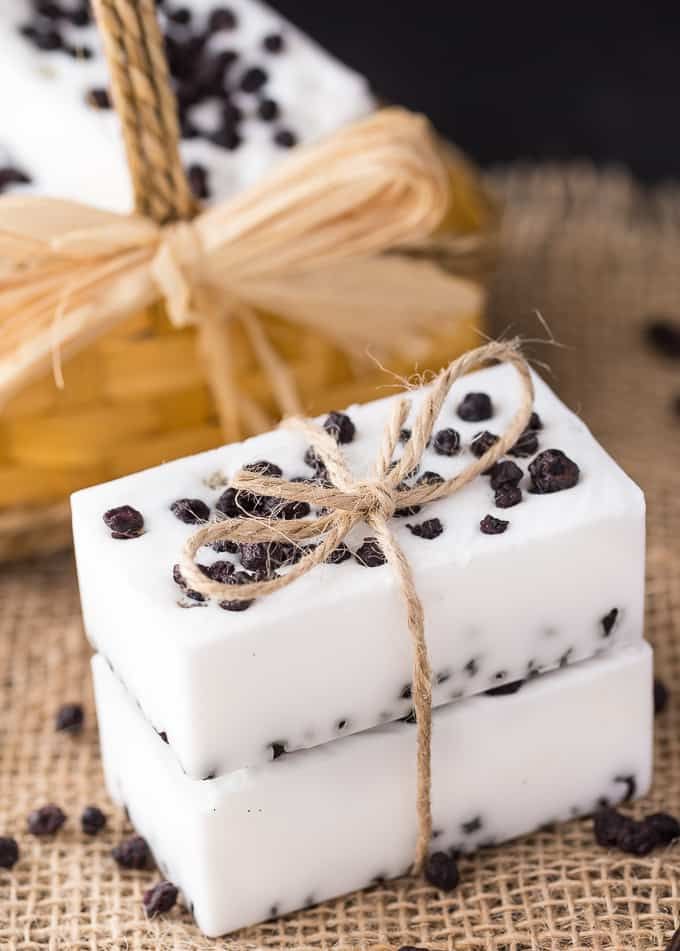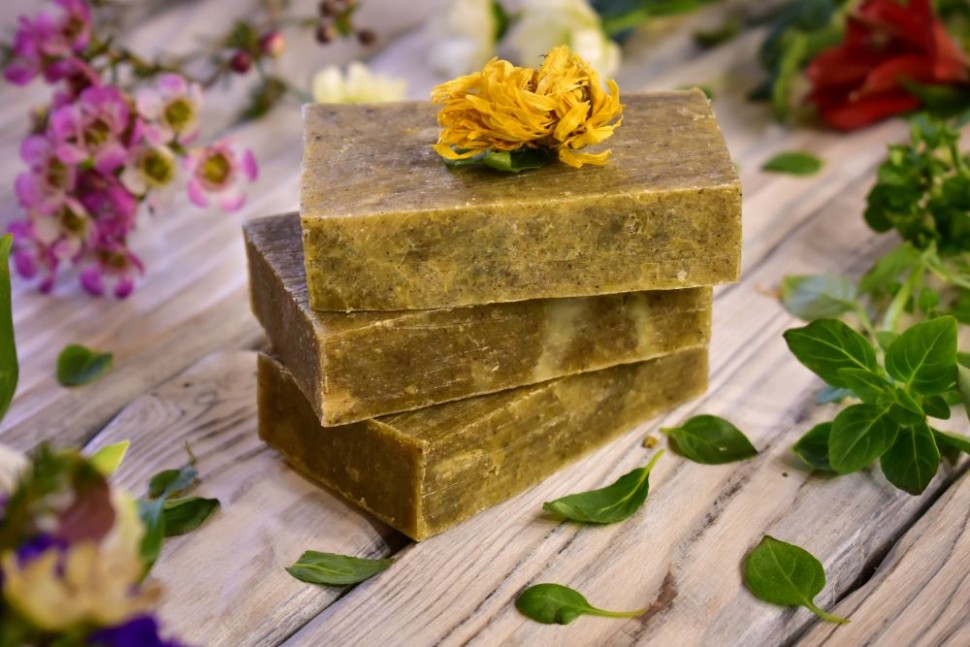How is Cocoa Made: A Step-by-Step Guide
If you have ever wondered how the delicious chocolate you enjoy is made, then understanding the cocoa manufacturing process is crucial. Cocoa is the key ingredient in making chocolate and has a fascinating journey from harvesting to transformation into various delectable treats. In this guide, I will take you through the step-by-step process of cocoa production.
Step 1: Harvesting
Cocoa trees typically grow in regions near the equator, such as West Africa, Latin America, and Southeast Asia. The harvesting process begins when ripe cocoa pods are carefully plucked from the trees. These pods can vary in colors, ranging from yellow to orange and even purple. Experienced workers use machetes or knives to remove the pods from the branches without damaging them.
Step 2: Fermentation
Once the cocoa pods are harvested, they are opened to reveal the pulp, cocoa beans, and the sticky sweet white pulp called mucilage. The beans, coated with mucilage, are then removed and placed in wooden boxes or banana leaf-lined baskets. Fermentation is a crucial step that allows the beans to develop their distinctive chocolate flavor. The beans are covered with banana leaves or left to ferment in the wooden boxes for several days. During this time, the heat generated by the fermentation process enhances the transformation of flavors in the beans.
Step 3: Drying
After fermentation, the beans need to be dried to reduce their moisture content. This drying process typically takes place under the sun on large trays or concrete patios. Workers spread out the cocoa beans, ensuring they receive ample sunlight and good airflow. This step can take up to a week, and it is essential to prevent the growth of mold or bacteria. Proper drying enhances the beans' flavor and prepares them for the next stage.
Step 4: Roasting
Once the cocoa beans are dried, they are then roasted to further develop their flavors. This step is crucial in producing the familiar chocolate aroma. The beans are roasted at high temperatures, usually between 250 to 350 degrees Fahrenheit (120 to 180 degrees Celsius), for a specific time period. Roasting also helps to separate the outer shell, called the husk, from the inner bean.
Step 5: Grinding and Pressing
Now comes the transformation of the roasted cocoa beans into a thick, gooey substance known as cocoa liquor. The beans are ground into a fine powder, referred to as cocoa mass or cocoa powder. This process releases cocoa butter, a natural fat, which helps give chocolate its smooth texture. The cocoa mass is then pressed to remove excess cocoa butter, resulting in a dry cocoa powder and cocoa butter for further use.
Step 6: Conching and Refining
Conching is a process where the cocoa mass is refined through continuous grinding and kneading. This intense mixing helps improve the texture, flavor, and overall quality of the chocolate. It allows the cocoa particles to fully combine with sugar and other flavorings, creating a smooth and velvety consistency. The duration of the conching process can vary, ranging from a few hours to several days.
Step 7: Tempering and Molding
The final step in cocoa production is tempering and molding. Tempering is the process of heating and cooling the chocolate to give it a glossy appearance and prevent it from turning gray or getting a sandy texture. The tempered chocolate is then poured into molds, where it solidifies into its final shape. This can be bars, blocks, or any other desired form.
Voila! The cocoa beans have now transformed into the delectable chocolate that we all love. From bean to bar, an intricate process is involved in bringing this heavenly delight to your taste buds.
In conclusion, the journey of cocoa from harvest to the delicious chocolate you enjoy is an intricate and carefully controlled process. Each stage, including harvesting, fermentation, drying, roasting, grinding, pressing, conching, and molding, contributes to the creation of different chocolate varieties. Next time you indulge in a chocolate treat, remember the meticulous process and all the hard work that goes into making it.

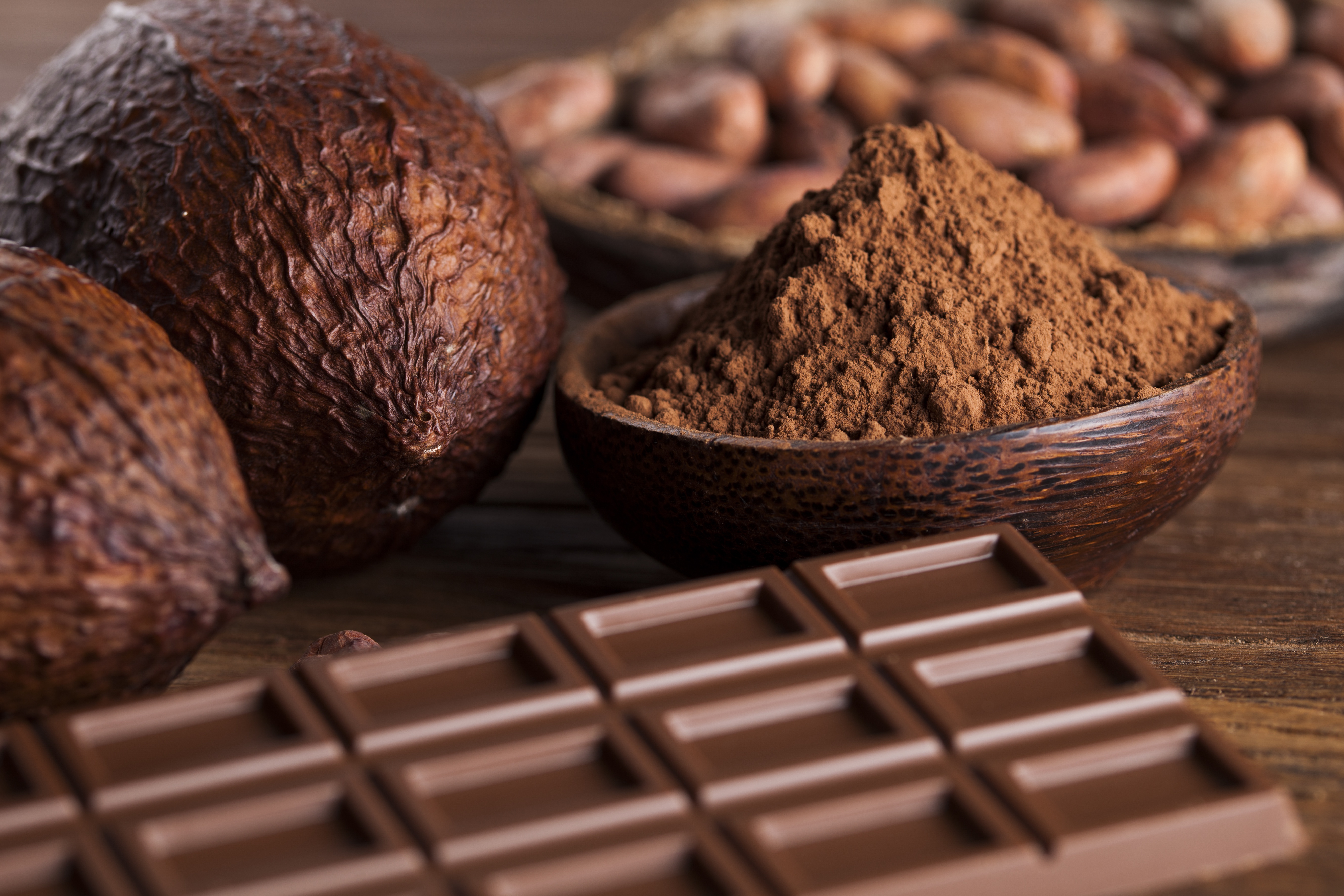
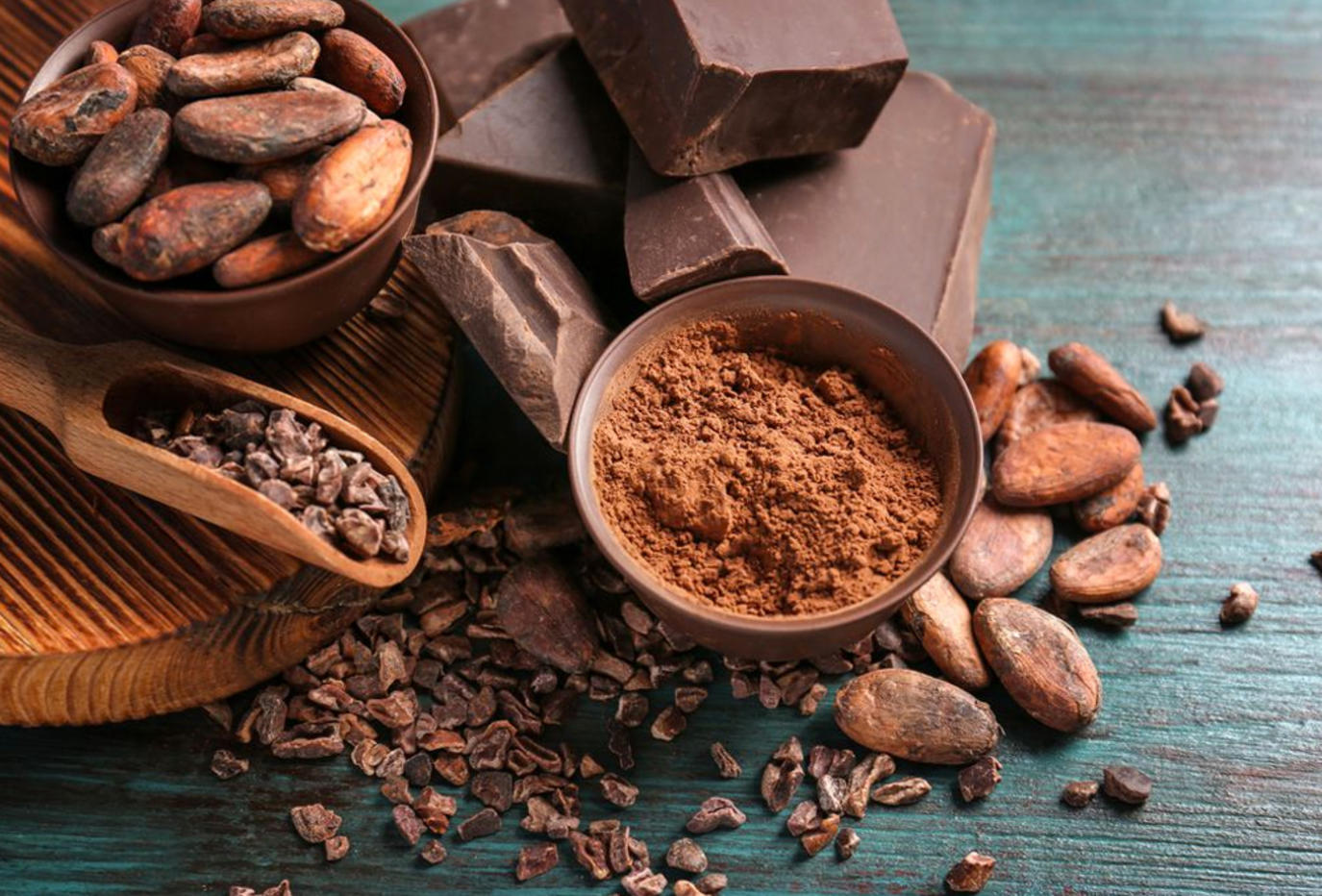
 Admin
Admin 